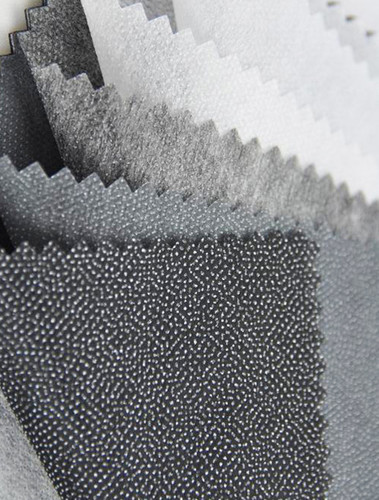In the evolving textile world, attention is returning to the hidden layers that define garment shape and durability. Interlining factory is drawing notice for its focus on how interlining choices influence both aesthetics and longevity. As designers and producers seek balanced solutions that preserve natural drape while adding necessary support, interlining is increasingly recognized as a deliberate design element rather than a mere technical add-on.
Purpose and relevance
Interlining serves as the unseen support between outer fabric and lining, shaping collars, facings, and seams so they retain intended lines through wear and washing. Its role goes beyond reinforcement; it helps a piece read as thoughtfully constructed. With consumers expecting quality and longevity, selecting the appropriate interlining has become a strategic decision in both fashion and home textile production.
Fusible versus sew-in
Fusible interlining bonds to fabric with heat-activated adhesive to create quick stability and a pressed finish and is often chosen where efficiency and crisp edges are important. Sew-in interlining is stitched into place and is preferred for delicate materials that must retain their original hand and drape. Each method produces distinct results, and the selection is shaped by fabric tolerance, movement requirements, and the desired tactile outcome.
Construction types and matching fabric behavior
Interlining is manufactured in woven, non-woven, and knit constructions, each offering specific benefits. Woven interlining aligns with fabric grain and tends to blend with woven textiles for a natural finish. Non-woven interlining lacks directional grain, making it adaptable for cut shapes and appliqué work. Knit interlining stretches and returns, so it supports elastic fabrics without restricting movement. Choosing the right construction ensures the interlining complements the main material rather than impeding its performance. The term Interlining factory is now often used to describe an integrated approach where method and material are selected together to meet design objectives.
Woven interlining and refined finishes
Woven interlining is valued for its fabric-like qualities and subtle reinforcement. It is commonly selected for structured garments that require a smooth appearance without excessive stiffness. When integrated correctly, woven interlining helps garments maintain shape while allowing natural movement, producing a polished look that still feels comfortable to the wearer.
Practical testing and production guidance
Testing on fabric swatches before full application is an essential step. Trialing interlining reveals how it alters texture, drape, and visual finish and reduces the risk of undesirable stiffness or bonding issues. Clear communication between designers and production teams about intended movement, end use, and care instructions helps ensure that the chosen interlining meets functional and aesthetic goals.
Applications across sectors
Interlining solutions are applied throughout fashion, accessories, and interior textiles. In tailored apparel, interlining maintains clean lines and a professional silhouette. In bags and structured accessories, it provides necessary body. In decorative home textiles, it helps elements retain intended shapes after handling and laundering. The adaptability of modern interlining options allows both small ateliers and larger manufacturers to implement solutions that align with production workflows and design intent.
Sustainability and lifecycle considerations
As the industry addresses environmental concerns, interlining choices are also evaluated for resource efficiency and longevity. Selecting interlining that reduces waste during cutting, lowers processing energy, or extends the useful life of a product can contribute to more sustainable production. Thoughtful selection therefore supports both product quality and broader circularity goals.
Interlining Types and Typical Uses
| Interlining Type | Key Characteristic | Typical Use |
|---|---|---|
| Woven | Grain-aligned; fabric-like behavior | Tailored garments, smooth finishes |
| Non-woven | No directional grain; easy to shape | Appliqué work, craft projects |
| Knit | Elastic and flexible | Stretch garments, activewear |
Interlining has shifted from a technical afterthought to a strategic design element that shapes appearance, performance, and sustainability. By matching application methods and construction to fabric behavior and end use, manufacturers can produce garments that look refined and endure over time. For practical examples and expert guidance on selecting and testing interlining, visit interlining-factory for resources tailored to design and production teams.

 English
English Español
Español Türk
Türk 简体中文
简体中文









